Do you compost? If not, you should! Organic matter is not meant to be in a landfill, especially trapped in a plastic bag that’ll take hundreds of years to break down. Depending on where you live, your municipality may have a large-scale composting program. We live in a small area that doesn’t have a place to compost food scraps available. Fortunately, we have a yard waste facility but were then left figuring out what to do with our food scraps. Luckily there are a few affordable and different types of composting at home to help you live more sustainably.
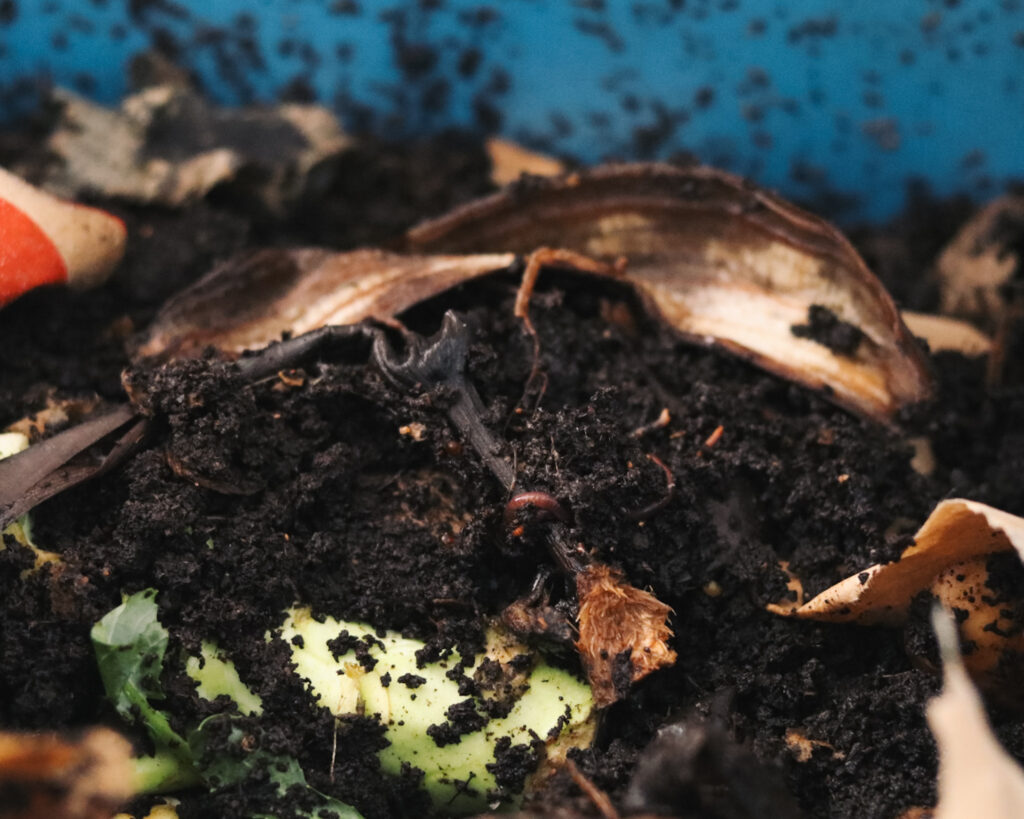
3 Different Types of Composting
Backyard Bin
We’ve always had a big pile of composting going in our backyard, but last summer we upped our composting game a bit. We found giant bins at an estate sale and repurposed them into compost bins. We drilled holes in the bottom and all along the sides. Our food scraps go in there, along with small yard clippings. We regularly turn it with a pitchfork and add moisture when needed. We were fortunate to find such great “composting” bins for a few dollars but you could easily DIY this with any Bin or garbage can laying around.
In our house, we just leave a bowl on our counter and fill it with scraps and bring it out to the compost every few days. Again, we went the very affordable route here! We haven’t had issues with pests or smells but you need to make sure you are adding browns along with your greens. They also make compost bins you can buy and easily turn but these are often expensive.
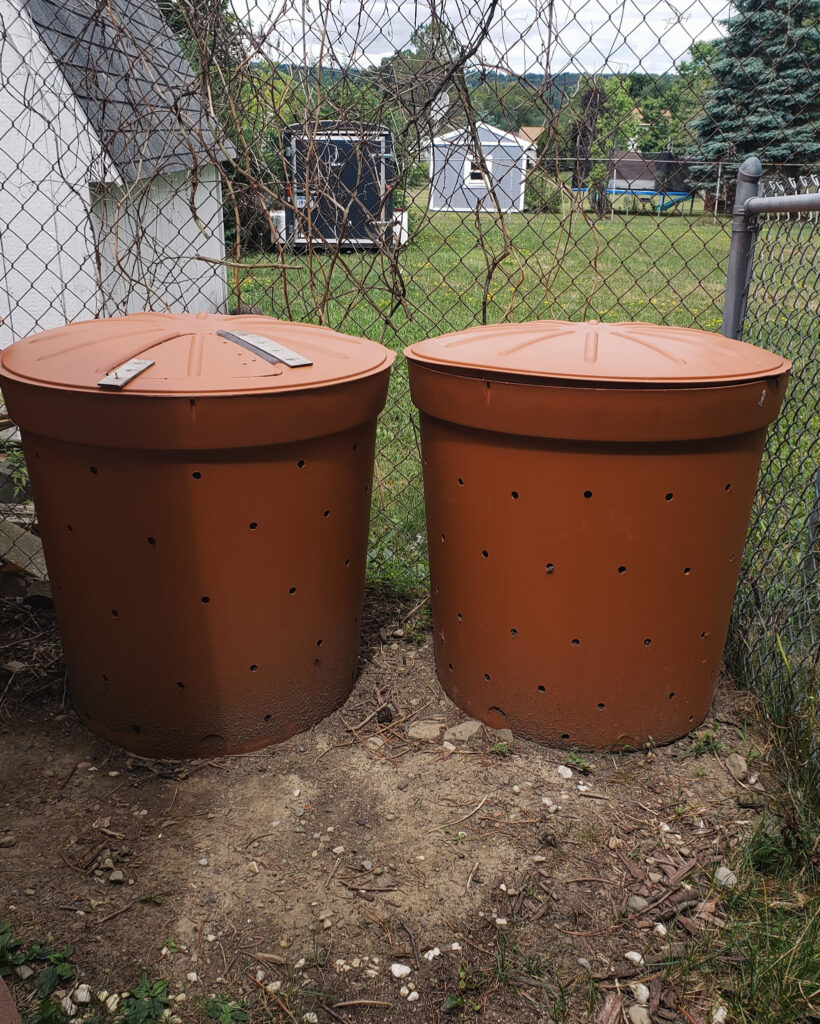
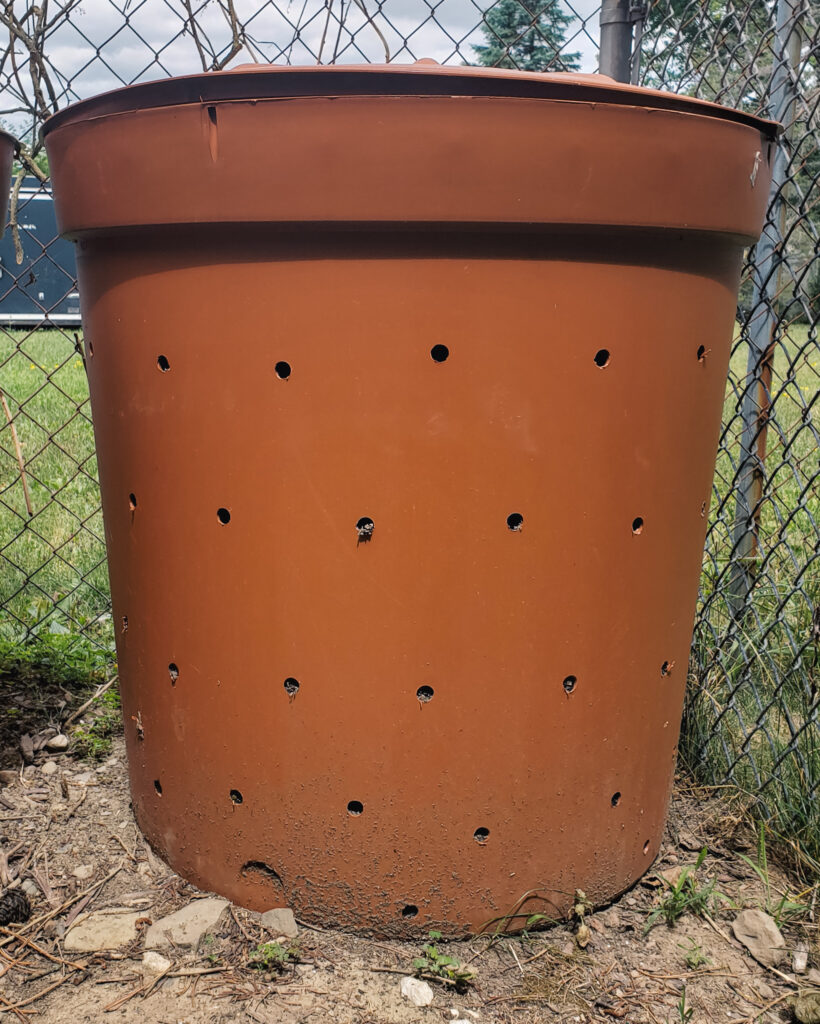
Vermicomposting
If you come into my house you wouldn’t even know that I have hundreds of pet worms. That’s because they don’t smell and they take up very little space. Vermicomposting, or composting with worms, uses worms to break down organic matter. Composting worms eat a variety of vegetable and fruit scraps. We have a small home for our worms, but they go through food pretty quickly. We’ve had them for a few years and the population has grown so much that I actually am thinking of the next steps. We purchased red wigglers online forms Uncle Jim’s Worm Farm and they came super fast and healthy! Their population has exploded since.
It’s been fun feeding the worms the last few years and I’ve enjoyed seeing their preferences for food scraps. Anytime, I feed the worms I add some brown material, such as paper bags, cleaned egg shells, or newspaper. We’ve never had an issue with a smell which was my husband’s concern originally.
We currently house the worms inside a plastic tote in our utility room. Depending on your zone, you can keep worms inside or out. We DIYed our worm home but you can purchase enclosures if that’s more you’re thing. We just used two totes, drilled holes, and placed one inside the other on wooden blocks. Super simple!
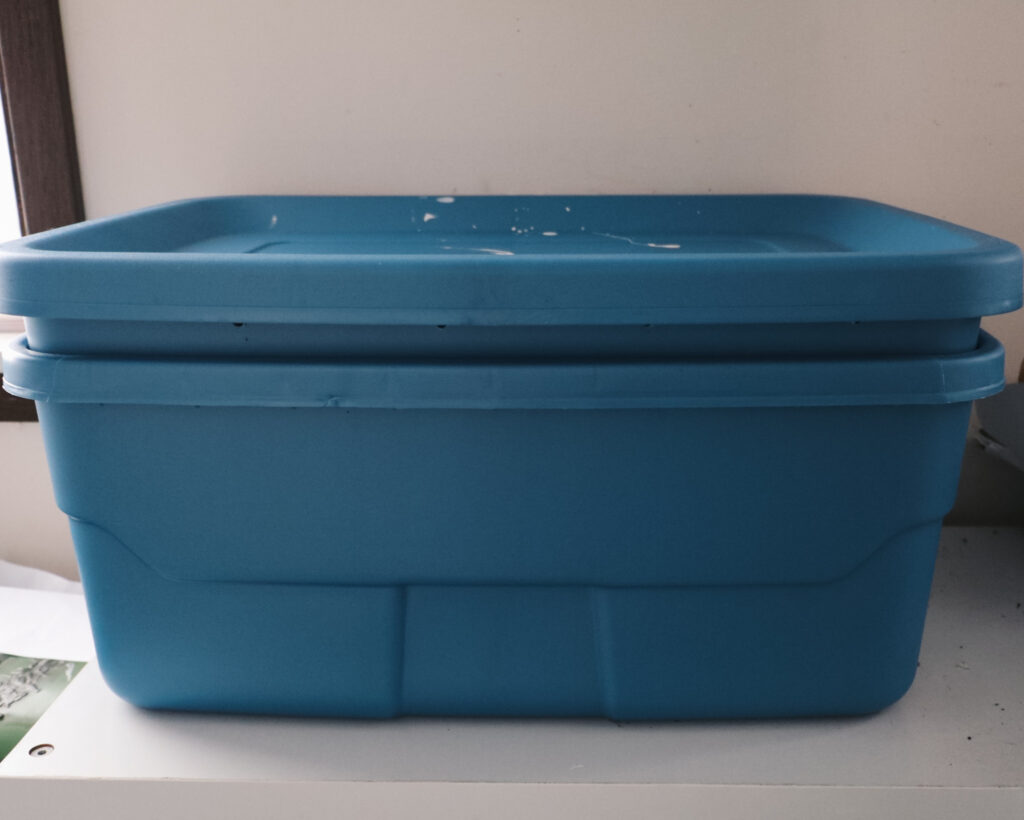

Bokashi Composting
I had never heard of this until I started working at the extension office a few years ago. Bokashi composting is a Japanese technique that involves natural fermentation. Basically, you seal kitchen scraps and organic waste in an airtight container. Bokashi bran is added to the bin with beneficial microbes that undergo anaerobic fermentation. After it is sealed you let it set for a few weeks. The liquid is caught in a false floor or second container which can be used to water gardens. When the fermentation is completed, the pre-composted material (Bokashi) is buried in the garden to further break down.
It’s appealing because you can compost all kinds of food scraps that you typically wouldn’t, like meat and dairy. I’ve never tried it but the extension offices in our area do a workshop on the process every once in a wild. Call your local extension office to see if they offer a workshop on the process if you’re curious, otherwise, there’s lots of information online. It seems like it can be DIYed and then purchase the bran.
Should you Compost at Home?
Composting is a great way to use up food scraps and ensure they don’t end up in the landfill. Composting at home is much simpler than many people make it out to be. You don’t need to go out and spend a ton of money on a fancy composter. All the composting in my house has been simple DIYs. Be sure to educate yourself on what to put in different types of composting and avoid anything that shouldn’t!



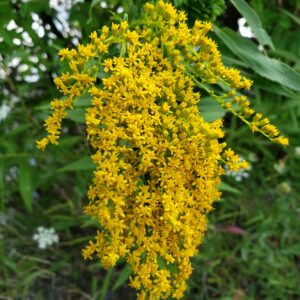


Leave a Reply